- Timber
- Posted
Why Knott?

Wood, a renewable and recyclable raw material, is used worldwide for a broad range of end products as well as for renewable energy generation. In recent decades, despite the favourable environmental aspects, wood has been facing substitution pressure from other materials such as synthetics, concrete, steel, ceramics and glass. In contrast, the Irish Timber Frame Industry is making rapid inroads into the house building market in Ireland, now accounting for more than 20% of the new house market share – a figure set to grow. Output has predominantly increased in the housing development sector, as the one off housing market for timber frame has always proved strong. Indeed timber frame construction strides much more gently on the environment than either of its competitors, with lower embodied energy than either concrete or steel, and it is presently the only renewable resource commonly used in construction. It results in lower greenhouse emissions, lower air and water pollution and lower solid waste by-products than steel or concrete.
In 1991 a number of Timber Frame Companies came together to form the Irish Timber Frame Manufacturers’ Association (ITFMA), the Trade Association for the timber frame manufacturing Industry in Ireland. Currently, the Association has 21 members. These companies comprise most of the industry in Ireland, accounting for more than 85% of ex-factory turnover in the sector. The purpose of the association is to harmonise quality standards and procedures for the industry, to promote the timber frame system of construction and its suitability, its strong environmental detail, speed of construction, flexibility of layout, reduced dependence on ‘wet trade’ skills, superior insulation leading to significant energy savings, and a variety of exterior finish possibilities.
Timber frame construction is the norm in buildings up to 5 stories in North America and Scandinavia and should be so in Ireland. Although in its infancy in Ireland relative to many other countries, timber frame construction in housing and - to a lesser extent - in commercial and community service buildings is gaining market share and is set for sustained growth. Acceptance of timber frame benefits by regulatory bodies, specifiers, insurers, lenders and knowledgeable consumers is increasing, but lack of knowledge or misinformation can still restrict market prospects. It is imperative to have a balance between sustainability and progressive development and the timber frame system offers this to the astute and discerning architect and homebuilder. Technical superiority is very important when it comes to decision-making. Customers tend to choose the technically best and most durable solution whenever the costs for the solutions are still reasonable. There is a need to ensure quality standards, procedures and practices in design, raw materials manufacture, and delivery, on-site and in construction, with the priority being for improvement in site practice. The obvious benefits of the timber frame system of construction and the market potential of timber frame are now being realised through the individual promotional efforts of the ITFMA member companies and other reputable manufacturers. This highly engineered value for money product should be secured against weaknesses and threats from such factors as inappropriate stick building operators with inadequate standards, procedures and practices, low entry barriers to the industry and misinformation on regulatory, safety, insurance and mortgage aspects.

Many environmentalists still believe that trees should stay in the forest in order to preserve nature. Certainly, environmental preservation is an important task, but there are environmentally sound forest management systems which secure sustainable utilisation of forests without endangering nature. All ITFMA members source their wood from one of the three main natural forest regions. These include the great northern coniferous forests, stretching across Canada and Northern United States, Northern Europe and Northern Asia. In addition to domestic supply, Ireland has traditionally been supplied by Scandinavia, Russia and Canada, but at present supplies come mainly from Scandinavia and the Baltic region. Spruce (known commercially as white deal, pine (known as red deal) Douglas Fir and Larch are the main species used. The general public, environmentalists and politicians need to be wholly informed about environmentally sound forest management systems and possibilities of sustainable utilisation of renewable resources. This is important not just for preservation of direct habitats but also in relation to emission of solid, liquid and atmospheric waste. Since the early 1980s issues such as global warming, ozone degradation in the stratosphere, depletion of natural resources, acidification of water and soil, human and eco-toxicity and so on, have engaged scientists and environmentalists all over the world to develop new methods toward environmental impact assessment. This has a positive influence, and backs qualified and anecdotal claims for the environmentally related principals surrounding the timber frame solution in building.
The selection of a material for specific end uses strongly depends on its physical and technological suitability, and the cost implications are also of extreme importance. Due to increased awareness of environmental aspects, certain issues such as low energy demand for producing wood products, possibility of recycling and utilisation of waste wood for energy generation at the end of the life cycle should be taken into account, to demonstrate the advantage of wood over other materials.

Construction and use of buildings accounts for 45% of all CO2 emissions in Ireland, with residential buildings contributing 30% to this figure. Wood is particularly characterised by its CO2-neutrality, and the volume of CO2 released by burning and or biological degradation is the same as CO2 uptake necessary for photosynthesis. In the case of sustainable forest management, the volume of annually allowable cut does not exceed the annual growth and, therefore, wood will be permanently available.
The Department of the Environment and Local Government identified the residential sector as an area for change in its National Climate Change Strategy. There has also been a commitment by the Department to reducing energy use in buildings. This is manifested in the ever-more stringent standards set in Part L (Conservation of Fuel & Energy) of the Irish Building Regulations. Modern timber frame houses built to the proposed 2002 building regulations will have real savings in CO2 emissions of some 43% over the typical traditional concrete block house that was built to nominally meet the 1997 Regulations. With an intermittent heating regime, timber frame houses will give higher levels of comfort than a concrete-block house for the same inputs or heat energy. This will be of particular importance, as all houses bought and sold during and after 2007 will have to have an energy rating certificate associated with them, outlining the energy efficiency of the house.
Other environmentally related benefits surrounding the timber frame form of construction include the minimisation of waste, in primary transformation process, in the manufacturing process and in the erection process. This waste reduction has a knock on effect on industrial and on site health and safety, as there is a minimisation of obstacles of risk, and a minimisation in Construction and Demolition waste to landfill. The sawn waste is generally used or transformed into other wood related products.<

The timber frame system is a construction method that makes sense. It offers the consumer a characteristically and aesthetically appealing product which simultaneously is structurally significant and when detailed properly is acoustically sound, highly energy efficient and incredibly durable. From a building perspective it is a rapid form of construction that is versatile and offers plenty of design capabilities. The claims about speed of construction are welcomed by many own home builders and developers and this does not compromise the level of quality as the product is manufactured in stringent factory conditions where detailed calculations are undertaken. This gives extra re-assurance to the home owner when they go to decorate, as angles are true which means laying carpets, flooring and or tiling becomes easy, unlike in other forms of construction that have significantly larger margins of error.
For details concerning any aspect of the Irish Timber Frame System and suitable manufacturers in Ireland please contact Lorna Kelly, Irish Timber Frame Manufacturers’ Association, Mespil House, 37 Adelaide Road, Dublin 2 or e-mail This email address is being protected from spambots. You need JavaScript enabled to view it.
- timber frame
- renewable
- Housing
- sustainable building
- insulation and heating
- Irish Timber Frame Manufacturers Association
- Fire Safety
Related items
-
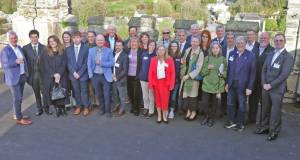 Enniscorthy to host ‘make or break’ sustainable building summit
Enniscorthy to host ‘make or break’ sustainable building summit -
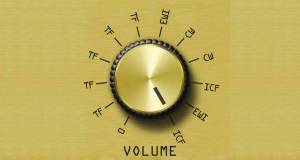 Up to 11
Up to 11 -
 Property industry faces ‘triple threat’ from climate crisis
Property industry faces ‘triple threat’ from climate crisis -
 It's a lovely house to live in now
It's a lovely house to live in now -
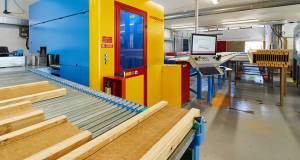 We Build Eco flat pack timber frame partnership gathers pace
We Build Eco flat pack timber frame partnership gathers pace -
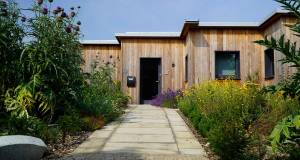 Mass timber masterwork
Mass timber masterwork -
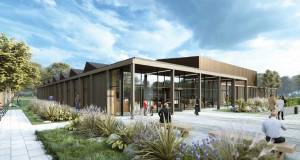 AECB conference to showcase timber innovation
AECB conference to showcase timber innovation -
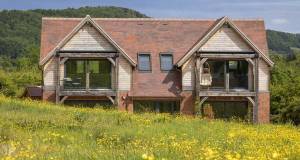 Heart of oak
Heart of oak -
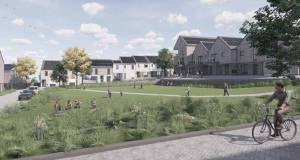 Welsh social housing to embrace passive house, timber & life cycle assessment
Welsh social housing to embrace passive house, timber & life cycle assessment -
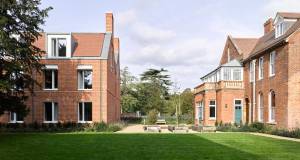 Cambridge chooses passive house comfort for Kings’ College students
Cambridge chooses passive house comfort for Kings’ College students -
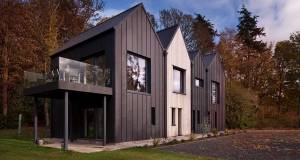 Pitch perfect - Beguiling Dundee passive house puts wood into woodland
Pitch perfect - Beguiling Dundee passive house puts wood into woodland -
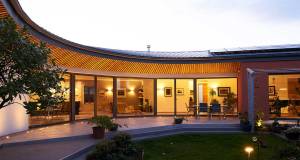 Above the curve - Limerick passive house showcases precision timber engineering
Above the curve - Limerick passive house showcases precision timber engineering

